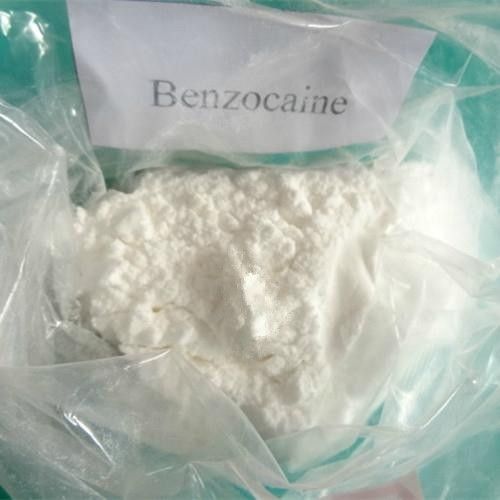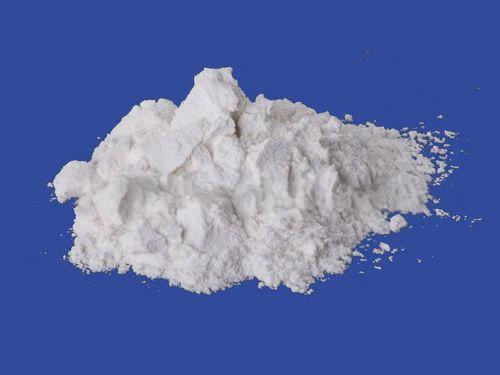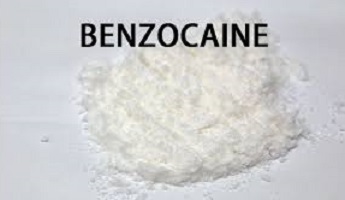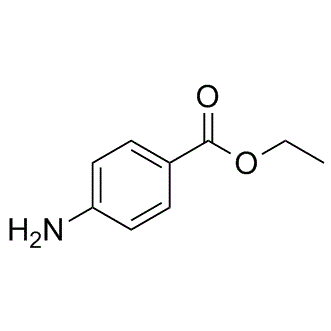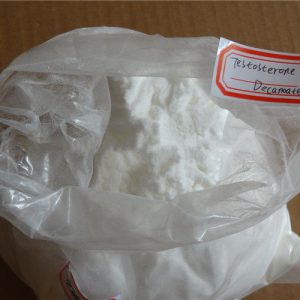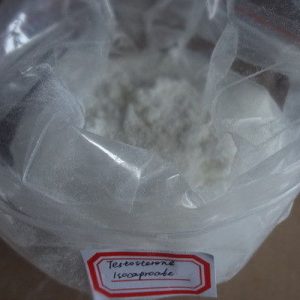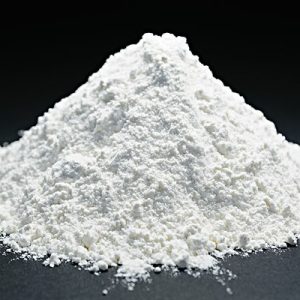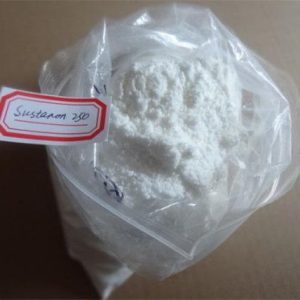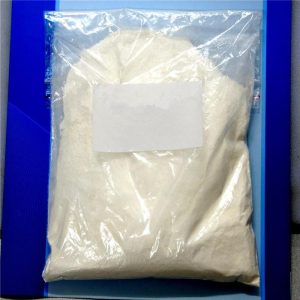Benzocaine is commonly found, particularly in Britain, as an additive in street cocaine and also as a bulking agent in “legal highs”. Benzocaine gives a numbing effect similar to cocaine and as a bulking and binding agent it can not be detected once mixed. It is the most popular cutting agent worldwide.
Pharmacodynamics
Pain is caused by the stimulation of free nerve endings. When the nerve endings are stimulated, sodium enters the neuron, causing depolarization of the nerve and subsequent initiation of an action potential. The action potential is propagated down the nerve toward the central nervous system, which interprets this as pain. Benzocaine acts to inhibit the voltage-gated sodium channels (VGSCs) on the neuron membrane, stopping the propagation of the action potential.
Benzocaine uses and Indications
It is a colorless trapezial crystal. Its melting point is 92℃ (88-90℃), boiling point is 183-184°C (1.87kPa). 1g of this drug is soluble in about 2500ml water, 5ml ethanol, 2ml chloroform, 4ml ether or 30-50ml almond oil and olive oil, and it is also soluble in dilute acid. It is stable in air, odorless, and slightly bitter.
Benzocaine is a lipid-soluble surface anesthetic, and it weaker than other local anesthetics such as lidocaine and tetracaine, so it will not cause any discomfort due to its anesthetizing effects when acting on mucosa. Benzocaine is a type of drug with relatively strong lipid-solubility and will bind with mucosa and the fatty layer of skin, but it will not easily penetrate into the body and cause poisoning. It can be used as a precursor for Ossur imitation, orthocaine, and procaine,and used as a local anesthetic and can stop pain and itching.
Also is mainly used in pain and itch prevention on wounds, ulcer surfaces, mucous membrane surfaces and hemorrhoids. Its paste form can also lubricate and stop pain for the nasopharynx and endoscope. Benzocaine’s aural solution is used to alleviate acute congestion, concentrated otitis externa, and the pain and itching of swimming otitis. Benzocaine is also effective for toothaches, sore throat, oral ulcers, all kinds of hemorrhoids, anal fissures, and vulvar itching. It can be used as a male sex organ numbing agent to slow ejaculation. It can also be used as a numbing lubricant for the pharynx and endoscope, and it can be used as a UV absorbing agent for cosmetics.
Benzocaine rarely causes side effects. But, potential benzocaine side effects include:
Breathing problems
Dizziness
Drowsiness
Fast or slow heartbeat
Headache
Increased sweating
Restlessness, nervousness, anxiety
Seizures
Tremors
Benzocaine powder Chemical Properties
Melting point 88-90 °C
Boiling point 172 °C (12.7517 mmHg)
density 1.17
refractive index 1.5600 (estimate)
Fp 172°C/13mm
storage temp. 2-8°C
solubility alcohol: soluble1 gm in 5 ml
form Crystalline Powder
pka 2.5(at 25℃)
color White
Odor odorless
Water Solubility Soluble in ethanol, chloroform, ethyl ether and dilute acids. Sparingly soluble in water
Merck 14,1086
BRN 638434
Stability: Stable. Combustible. Incompatible with strong oxidizing agents.
InChIKey BLFLLBZGZJTVJG-UHFFFAOYSA-N
LogP 1.860
CAS DataBase Reference 94-09-7(CAS DataBase Reference)
NIST Chemistry Reference Benzoic acid, 4-amino-, ethyl ester(94-09-7)
EPA Substance Registry System Benzocaine (94-09-7)
More Introduction:https://en.wikipedia.org/wiki/Benzocaine
